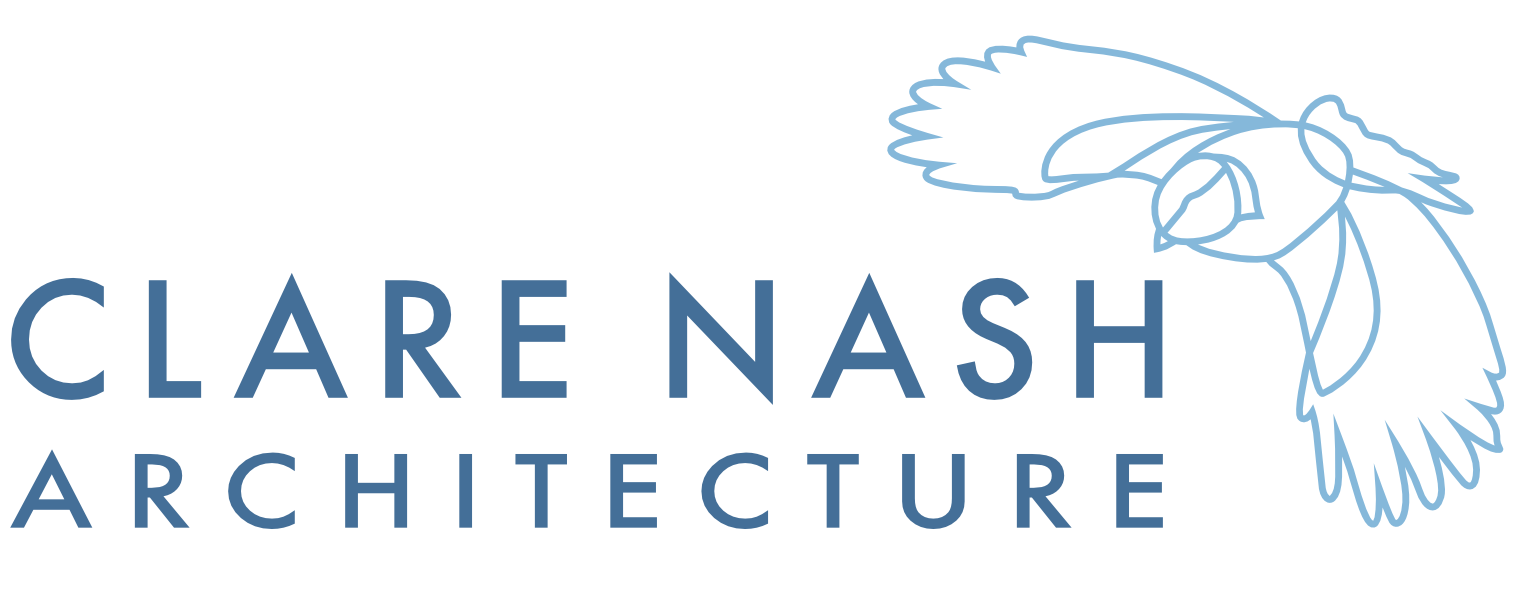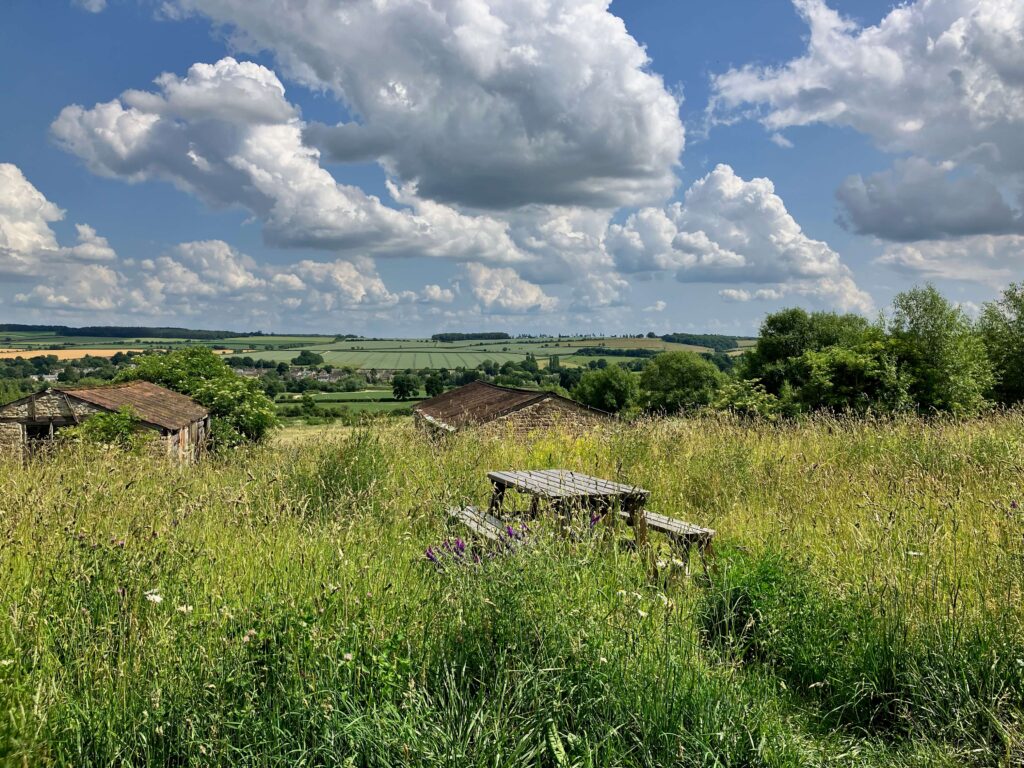What is BNG?
Biodiversity Net Gain (BNG) for small sites came into force in April 2024 (previously it only applied to larger developments). With all planning applications (except for homeowner ones) you now need to demonstrate 10% biodiversity improvement on what was there before.
For example, if you have a grassy area, you could improve that by seeding over with ‘species-rich’ grasses containing wildflowers.
If there are trees on site, you could improve that by adding more trees with lots of wildlife value such as natives or fruit trees.
We’ve been training up on this and have recently completed a successful application in-house. This is an extension of what we were already doing with landscaping plans showing biodiversity gain. We’ve even conquered the slightly bewildering Metric that must be submitted!
Does Biodiversity Net Gain (BNG) apply to me?
I’m planning a self-build or barn conversion:
According to government advice as long as your site is less than 0.5 hectares and all the dwellings on the site are self build then you would be exempt. Self-build is a dwelling that you will live in for a number of years.
I’m planning a home extension:
Householder developments are exempt.
I’m planning a housing development:
Yes it will apply.
I’m building a new grain store or livestock barn:
Yes it will apply.
If BNG does apply what do I need to do?
If you’re planning any residential development, regardless of size, you’ll need to:
- Assess the current biodiversity value of your site
- Plan for improvements that will achieve at least a 10% increase in biodiversity
- Submit detailed calculations using the Small Sites Metric or the full metric (see below)
- Incorporate biodiversity enhancement measures into your project design
What is the BNG metric?
This is an extensive spreadsheet in which all existing ecology and habitat is recorded. This is used as a baseline.
Proposed improvements and additions are then added to the spreadsheet to calculate the necessary 10% improvement.
The full metric (SSBM) is needed for larger sites and if any of the existing ecology is a priority species (eg. ancient hedgerow). This metric also requires a condition survey to go with it.
The small sites metric (SSM) can be used for smaller sites.
- residential development where the number of dwellings is between 1 and 9 on a site of an area 1 hectare or less, or if the number of dwellings is unknown, the site area is less than 0.5 hectares
More detail on biodiversity net gain here
We can help! We’re passionate about biodiversity. Clare in particularly, knows a lot about plants, particularly natives. We have been creating landscape designs for our clients for years. These have never failed to satisfy planning requirements. Contact us here for more information.

